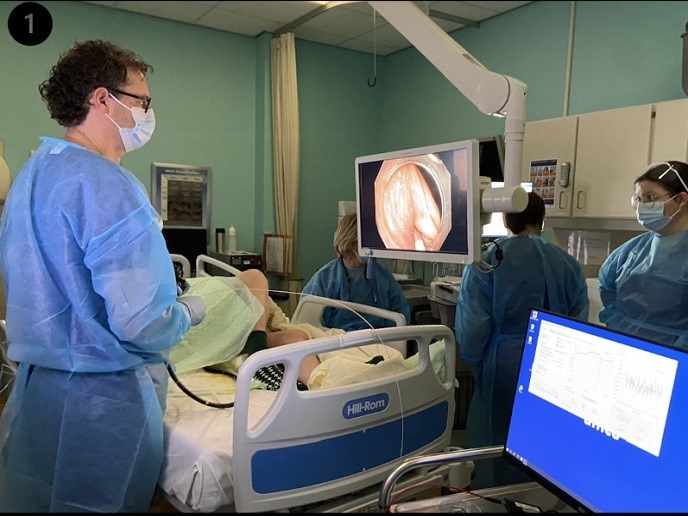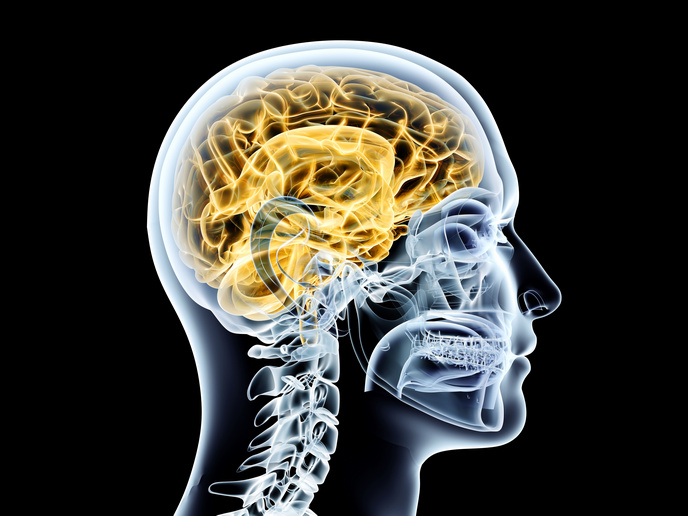New synthetic materials open the door to better surgical training models
Research shows that the success rate in many types of surgeries is strictly related to the experience of the surgeon. The problem is that surgical trainees are not given the opportunity to operate on enough patients or to perform an exhaustive mix of procedures. “Current methods for surgical training are plagued by limitations, including a limited number of cadavers and the fact that animal samples don’t have the same anatomy as humans,” says Antonio Elia Forte(opens in new window), an assistant professor at King’s College London(opens in new window). “There’s also some question as to how readily the experience gained from using these models can be transferred to the real operating theatre.” One possible solution is the use of phantoms, artificial synthetic 3D models of human parts and organs. According to Forte, the advantage of phantoms is that they allow the trainee to practise the positioning of anatomical structures, along with enhancing their hand coordination. The disadvantage, however, is that they lack reliable tactile feedback, such as palpation, and real tissue deformation patterns – both of which reduce the exactness of the training. Through the support of the EU-funded ALPHA-STEM project, Forte is leading an effort to advance the use of phantoms. “Our goal is to design, develop and test new synthetic materials capable of replicating the mechanical behaviour of different human organs and tissues for use in 3D anatomical models,” remarks Forte.
Advancements in mechanical metamaterials
The project made several important advancements in the fundamental knowledge of mechanical metamaterials. As Forte explains, these are engineered materials whose mechanical properties are dictated by structure rather than their chemical characteristics. Examples include classes of materials like architected tessellations and origami and kirigami patterns, along with chiral and Arabic motifs. One of the highlights of the project, which received support from the Marie Skłodowska-Curie Actions programme(opens in new window), was the development of an inflatable kirigami metamaterial, essentially a kirigami sheet embedded into a soft inflatable polymer. “By changing the geometric parameters of the kirigami tessellation, the material can be inflated to create different shapes,” explains Forte. “The material is currently being studied as a possible candidate for the manufacturing of dynamic lung phantoms that can reproduce the respiratory cycle.” Forte’s work with kirigami metamaterial was not only featured in ‘Advanced Materials’ – one of the most important journals in material science – but also made its cover.
Paving the path towards safer surgeries
Opening the door to better surgical training models, the ALPHA-STEM project has helped pave the path towards safer surgeries. “This project added a considerable chunk of fundamental understanding on how engineered materials work and how we can use them to improve surgical training and surgeries themselves,” says Forte. The project also helped advance Forte’s career. “I was able to conduct my work at Harvard University(opens in new window) and the Polytechnic University of Milan(opens in new window) and work with first-class researchers,” he adds. “This experience enriched me in an unmeasurable way, and I will be forever grateful to the EU for this immense opportunity.”







